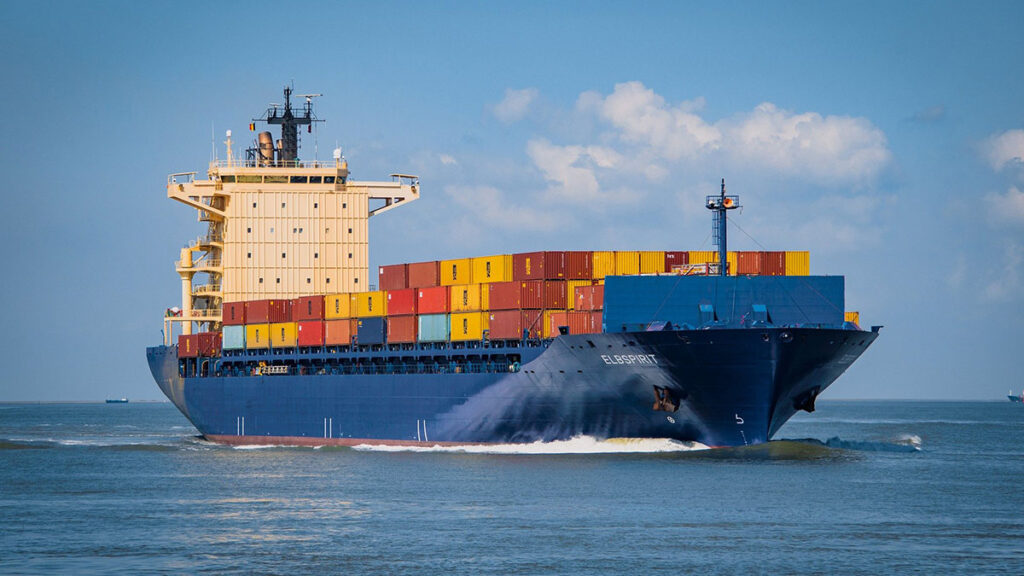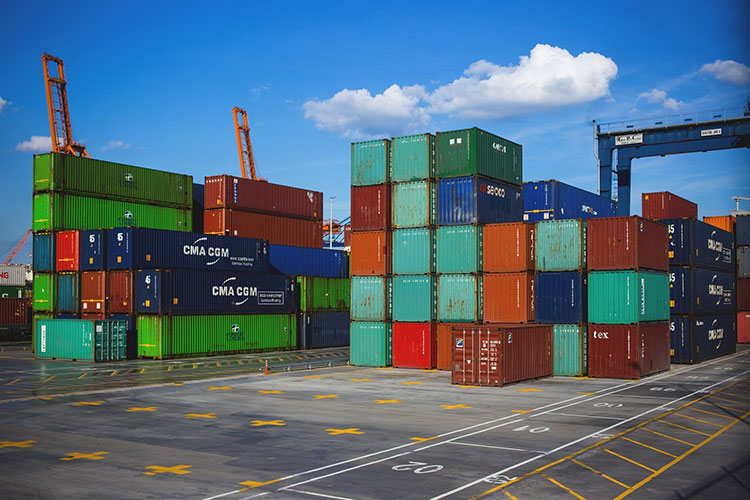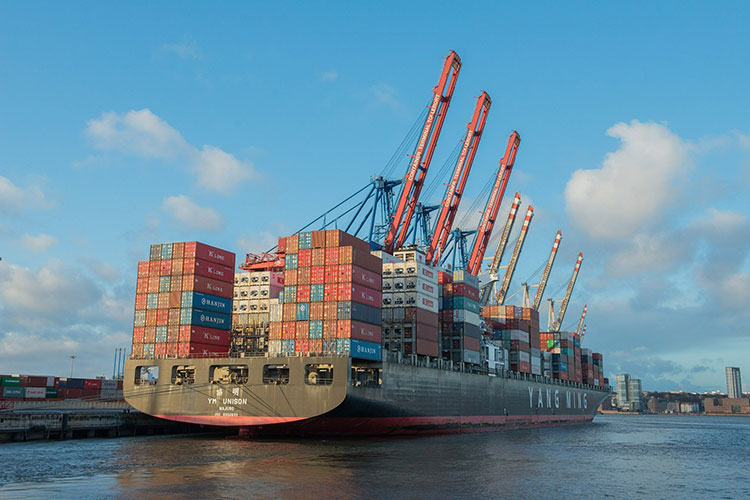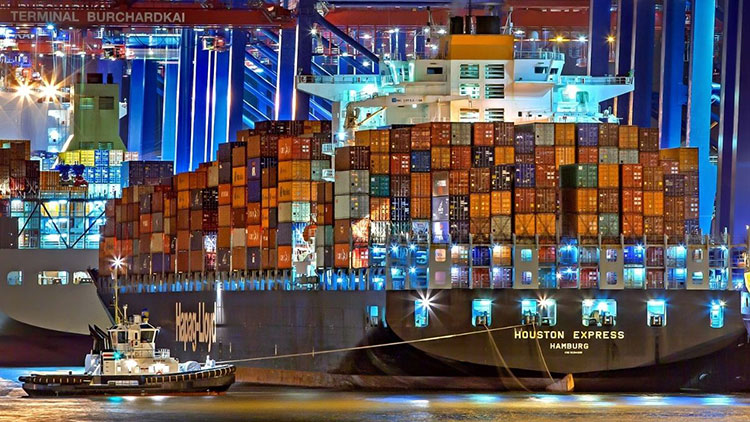
What supplies does America get from overseas? Where do these supplies come from? Should there be cargo ship problems (as we’ve experienced) or other form of trade embargo, how would this impact the supply chain on American shores?
We are presently experiencing a serious cargo ship problems as a result of the supply chain disruptions from COVID-19. This is just one example of potential problems, however. The case of a ship running aground and blocking the Suez Canal is but another.
To truly understand how a cargo ship problem would affect the US, one must first understand a little bit about American ports.
World Trade Challenges
While we have planes, trains, semi-trucks, and pipelines, fully 90% of the world’s trade still takes place by sea. This means that even if all those other forms of shipping are still functional, should there be some type of hiccup (or worse) with the maritime shipping industry there is zero chance that all those other venues would ever be able to accommodate for the leftover product that needed to be shipped.
Even if these other venues were to try, imagine the cost increases that would accommodate flying a Nissan Pathfinder overseas compared with putting it on a massive ship. The price increases to the consumer would be so extravagant that it would make it not even worth the attempt of getting product to the initial target country.
Problems at American Ports
The top five busiest ports within America in order are:
- Los Angeles, CA;
- New York/New Jersey,
- Long Beach, CA;
- Savannah, GA; and
- Houston, TX.
This can easily be found by measuring what is known as the twenty-foot equivalents (TEUs), of each port.

Your typical 20’ long cargo container would thus be 1 TEU. A 40’ long cargo container would be 2 TEUs. As of 2019, Los Angeles saw 9.3 million TEUs pass through its port. This not only makes it the busiest port in America, but also in all the Western Hemisphere as well.
If we look at which states import the most goods into America, we find that California, Texas, Michigan, Illinois, New York, and New Jersey are at the top of the list. No other states import as many goods into the United States as these five do. Though some of the busiest ports within the US don’t fall in some of these states, let us not forget that many of these states have hundreds of miles of coastline filled with ports along the way.
Of these five states, here are the primary products that they import:
- California – computers/cars/electronics
- Texas – computers/electronics/gas/oil
- Michigan – cars/machinery
- Illinois – computers/electronics/oil/gas
- New York – Manufactured commodities/apparel
- New Jersey – Chemicals/pharmaceuticals/food
If we understand who the major American ports are, what states process the most American imports, and what the majority of those imports are for each state, we can begin to formulate a picture of what there will be a shortage of within the US should any of those ports in question begin to experience supply chain problems.
For example, if we see that California is having a big problem with getting cargo ships unloaded at its ports, we can reasonably assume that there is going to be a shortage of computers, cars, and electronics on American shores.
Where These Imports Come From
Yet another part of understanding any American supply chain crisis involves understanding where America is importing its goods from. As of this writing, the top five nations importing the most goods into the US are China, Canada, Mexico, Japan, and Germany.
Those five countries make up almost half of all US imports.

Should we end up having any sort of problem as a nation with any of those countries, the US is going to see some massive supply chain shortcomings.
Of those five countries, nobody even comes close to importing as much into the US as does China. The Chinese are our number one trade importer, with $452.2 billion worth of goods being imported in 2019 from China alone. The second highest figure in dollars was Mexico, importing $358.1 billion worth of goods that same year.
In fact, in 2020, China accounted for 18.6% of all American imports.
As you can see, without China, the US would face some devastating supply chain problems.
If we look at those five countries once more, we find that the primary goods they bring into the US are:
- China – electronics, low-cost apparel, fabric, and textiles
- Mexico – manufactured products
- Canada – oil, gas, and uranium
- Germany – high-quality goods
- Japan – cars, machinery, aircraft, and medical instruments
Keep in mind that these aren’t exhaustive lists of what these nations transport into the US. There are plenty of other products that come from China that don’t fall under the blanket of electronics, clothes, or fabric. For example, if you own anything plastic in your house, there’s a good chance it was made in China.
Largest Types of Good Imported to the US
If we look at 2019 again, we find that capital goods are the number one import on American soil. It was in that year that $510 billion in capital goods was shipped in.
If we look at the other designations of goods imported on American soil ranked in amount, we see this:
- Capital Goods – $510 billion
- Consumer Goods – $497 billion
- Industrial Supplies and Materials – $394 billion
- Cars, Car Parts, and Engines – $286 billion
- Food, Feed, and Drink – $113 billion
If we take a further peer into what constitutes consumer goods, we find that pharmaceuticals, cell phones, and household goods (including clothing) fall into such a designation.
How Do You Prepare for Cargo Ship Problems?
This means that a prepper can have some ability to predict what there is going to be a shortage of should he see particular ports not functioning properly. A cargo ship problem on the West Coast is going to see very different results from a cargo ship problem on the East Coast.

In the first case, one will see a shortage of computers, cars, and electronics. In the second, one is liable to see a shortage in medicines, food, clothing, and goods.
And if there’s a cargo ship problem hitting all of the US? Well then, you’re going to see a shortage of everything. Without imports – with the current state of American productive capacity – these United States would be in for a very rough ride.
Regardless of where a cargo ship problem hits though there are some things that you can count on:
- Shortages of essential equipment, parts, food, or goods
- Drastic increases in the prices of shorted goods available
- People turning to alternative options for shorted product
Eventually, new businesses would spring up that would help to give workarounds to these problems. As the market created a demand for modes of transportation, perhaps local taxi services, bicycle shops, and bus tokens would experience an increase in demand.
But it’s that interim adjustment period that can be very rough and rocky, and it’s hard to tell how long such will last.
For example, consider a food supply shortage. While American farmers possess the capability to produce enough food for the American people, imagine the ramifications of that first winter with a food shortage.
How would people respond during the time of year that crops do not grow?
The point is that a prepper should be able to subside during this tumultuous time and should have a working knowledge of American infrastructure so that they can respond in turn. Should the prepper see trouble brewing on a particular horizon, he can then plan accordingly.
Where is your toothpaste made from? Where is your rifle brand of choice manufactured? Where are your car parts made?
By knowing the answers to these questions – where your various preps come from – and then by seeing where there are problems, you can stock up on said preps accordingly before it’s too late or there are drastic price increases.
The same prepping principles apply, however. Stock enough water, build a long-term food supply, and be ready with other basic preps that would get you through any SHTF situation, cargo ship problems or otherwise.
But what are your thoughts on the situation? Are there other factors to consider? Do you agree with our assessment? Let us know in the comments below!